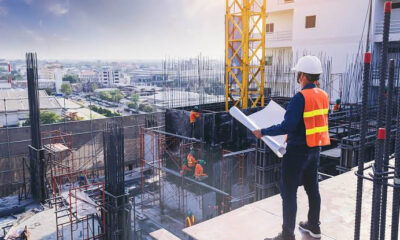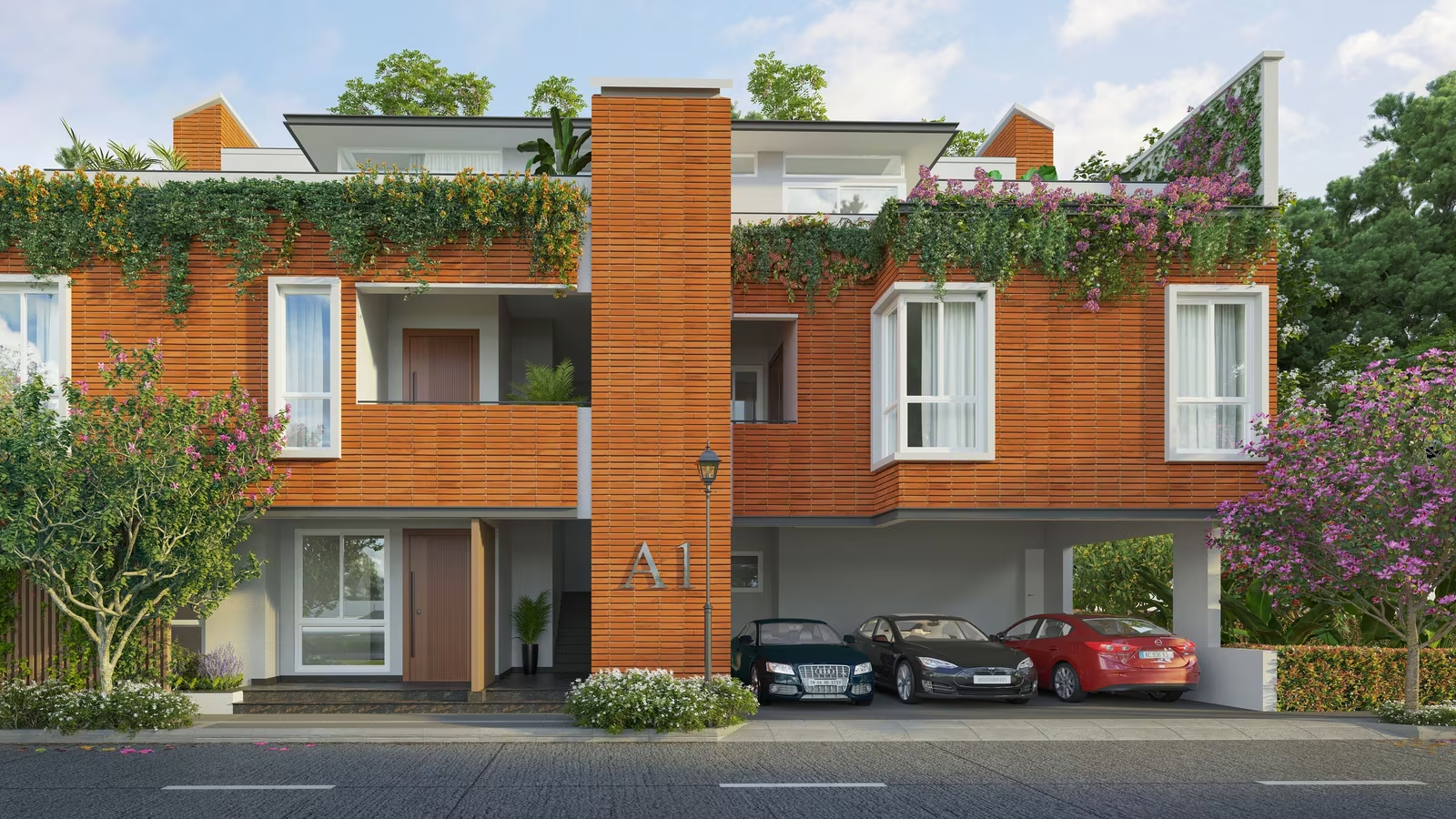News
Is Investing in Tier II, III Cities a Smart Realty Move


India’s commercial real estate sector is undergoing a remarkable transformation, and it’s not limited to the bustling metros. Tier 2 and Tier 3 cities are now emerging as lucrative destinations for real estate investment, driven by a confluence of factors reshaping the landscape.
Infrastructure development, changing dynamics in the corporate world, government initiatives, and the rise of startups have all contributed to the rise of these smaller cities as promising hubs for commercial real estate.


“One of the primary catalysts for the burgeoning commercial real estate market in tier 2 and 3 cities is the substantial progress in infrastructure development. Expanding road networks, introducing efficient rail and metro systems, and innovative transportation modes like monorails and electric corridors are bridging the gap between remote suburbs and urban centres. This development not only enhances connectivity but also facilitates crucial last-mile access,” said Radheecka Rakesh Garg, Director, Rajdarbar Realty.


“Rising commercial property prices in metropolitan areas have become a significant push factor for businesses to explore tier 2 and 3 cities. With affordability levels diminishing in metros, enterprises seek alternative locations to establish their operations. This shift initially began in suburban areas and eventually spread to tier 2 cities, prompting tier 3 cities to follow suit,” says Kushagr Ansal, Director Ansal Housing.
The Union Budget 2023-24 unveiled the Urban Infrastructure Development Fund (UIDF), administered by the National Housing Bank. This initiative aims to promote urban infrastructure development in tier 2 and 3 cities, further boosting commercial real estate growth. Public agencies will use this fund to create essential infrastructure, paving the way for increased commercial activities in these cities.


“Corporate giants and industrial players looking for cost-effective infrastructure solutions have invested substantially in tier 2 and 3 cities. These companies have established large logistics parks and manufacturing units and ignited similar developments by local stakeholders. This influx of corporate investments is bolstering the commercial real estate market, attracting businesses of all sizes,” said Mohit Goel, MD, Omaxe Ltd.
Prominent figures in the real estate industry are optimistic about the potential of tier 2 and 3 cities. They recognize the scarcity of “A Grade” developers and quality retail and office spaces in these cities, a void they are keen to fill. These cities’ demand and growing populations make them attractive destinations for retailers and corporations.
Experts believe the government’s focus on infrastructure development has generated new employment opportunities, “encouraging residents of tier 2 and 3 cities to invest in real estate. As these cities evolve into economic hubs, their real estate markets are poised for substantial growth.”
Tier 2 and 3 cities in India, often located in industrial corridors, are brimming with untapped potential for economic growth and real estate development. Improved infrastructure, expanding industries, affordability, and increased job opportunities have made these cities attractive investment destinations. Moreover, the digital revolution and the emergence of startups have further propelled the demand for commercial spaces in these cities.


“As the commercial real estate sector continues to thrive in tier 2 and 3 cities, they are positioned as India’s next frontier of growth. These cities hold great promise for commercial real estate investors. With continued support from the government and a dynamic corporate landscape, they are set to play a pivotal role in shaping India’s economic future,” says Tejpreet Singh Gill, MD Gillco Group.
-



 News4 weeks ago
News4 weeks agoKW Delhi 6 Mall Onboards New Brands
-



 News4 weeks ago
News4 weeks agoManasum Senior Living Launches IKIGAI GOA, A Senior Living Community in North Goa, in collaboration with Prescon Homes
-



 News4 weeks ago
News4 weeks agoBridging India Divide: Top 5 Tier- 2 Cities to Focus On
-



 News4 weeks ago
News4 weeks agoCommercial Realty Gets Tech Savvy: Fast Construction, Enhanced Convenience
-



 News3 weeks ago
News3 weeks agoGodrej Properties Sells Rs 3k cr+ Homes of Godrej Zenith, Gurugram, within 3 days
-



 News4 weeks ago
News4 weeks agoMultipoint Connection – A Definite Boon
-



 News3 weeks ago
News3 weeks agoRBI’s Status Quo on Key Policy Rates to Help Maintain the Real Estate Growth Momentum, Say Industry Stalwarts
-



 News2 weeks ago
News2 weeks agoOlive Announces Dhruv Kalro as Co-Founder
















